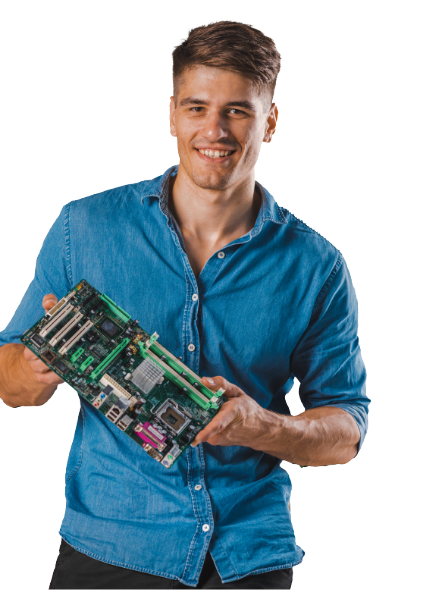These OLED smart tattoos are not, as in the standard version, applied into the dermis layer of the skin using a needle. Instead, they are applied in the same way as temporary tattoos—by tapping them with water until they are extracted using soap.
The team at the University College London (UCL) and the Italian Institute of Technology are behind the tattoos. They use a 76-nanometer-thick light-emitting polymer using a method called spin coating, in which the polymer is added to a substrate that is spun at high speed, which produces an extremely thin and even layer.
The electroluminescent polymer, which emits light when exposed to an electrical field, is placed between a pair of insulating layer-protected electrodes and applied to commercial tattoo paper. The tattoo applied is just 2.3 micrometers thick, about a third of the thickness of a single red blood cell.

“The tattooable OLEDs that we have seen for the first time can be made on a scale and very inexpensive,” said UCL Professor Franco Cacialli in a statement. “They can be combined with other types of tattoo electronics for a wide variety of applications. These may be for fashion – for example, to deliver glowing tattoos and light-emitting fingernails.” The tattoos have other applications that look cool. “In sports, it may be paired with a sweat sensor to indicate dehydration. In health care, they might release light when there is a change in the condition of the patient—or, if the tattoo was transformed in the other direction into the skin, they might theoretically be paired with light-sensitive cancer target therapies, for instance.”
The team experimented with applying tattoos to glass, plastic, and even fruit. This may enable them to be attached to food packaging, showing that the contents have passed their expiry date.
In their current form, tattoo sensors easily degrade once they are exposed to air, but researchers are working on this problem, along with how to incorporate a tiny power supply.


